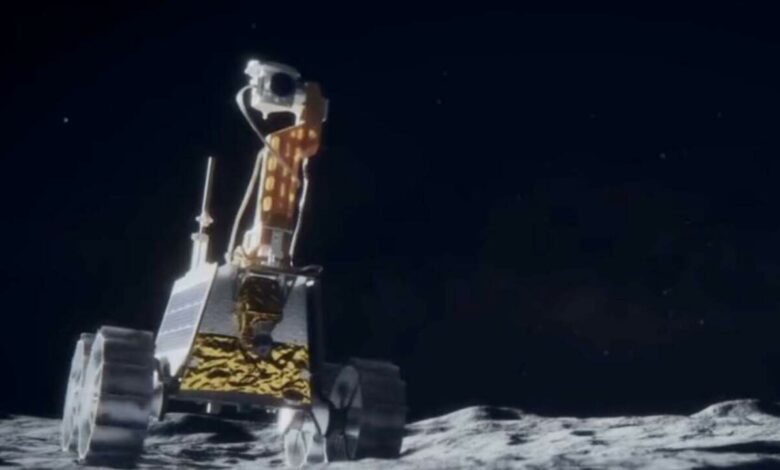UAE Reveals Scheduled Landing Date of Rashid Rover

The lander that’s carrying the UAE’s lunar rover to the Moon has entered the second phase of its mission. The lander is now on a trajectory to the Moon with a scheduled landing for the end of April 2023.
This came as ispace, inc., a global lunar exploration company, released an interim success report and announced that its HAKUTO-R Mission 1 lunar lander has traveled to its farthest point from Earth into deep space.
Named after the late Sheikh Rashid bin Saeed Al Maktoum, former Ruler of Dubai, the UAE-made Rashid Rover was in the lander that launched on December 11, 2022, on a SpaceX Falcon 9 rocket from Cape Canaveral. Since being deployed from the rocket, the lander has travelled approximately 1.376 million-kilometres into deep space becoming the farthest privately-funded, commercially operating spacecraft to travel into space.
It reached its farthest point of approximately 1.4 million-km from Earth last month.
The spacecraft is taking a low-energy route to the Moon rather than a direct approach. Mission 1 is venturing out to deep space and back again on a sweeping trajectory designed to reduce the amount of fuel the spacecraft needs to carry.
Addressing a Press conference on Tuesday, ispace officials said the aircraft will complete all deep space orbital manoeuvres before its lunar orbital insertion around mid-March 2023.
In the interim success report, the company said an “unexpected communication instability” occurred immediately following deployment from the launch vehicle. “ispace engineers were able to quickly identify and resolve the issue and establish a communication link. Since that point, communication uplinks and downlinks between the lander and ground have been stabilised. The link performance has been as expected and all necessary data for the flight operation has been downloaded in a timely manner.”
ispace’s camera took several photos and videos of the Earth, “with quality meeting expectations”.
The power generation performance is “higher than expected” based on solar panel performance, the Japan-based company added.
Last month, the Mohammed Bin Rashid Space Centre (MBRSC) announced that the Rashid Rover remains in perfect shape. Back then, the MBRSC said the team has completed 220 minutes of communication with the world’s most compact rover.
A successful mission will make the UAE the fourth country to land on the lunar surface.




